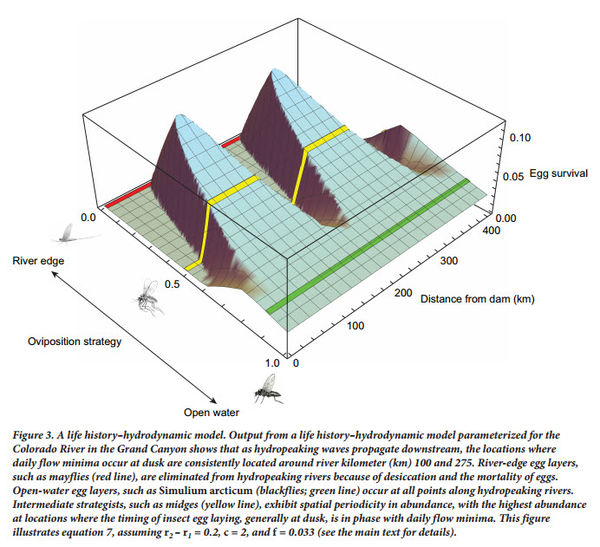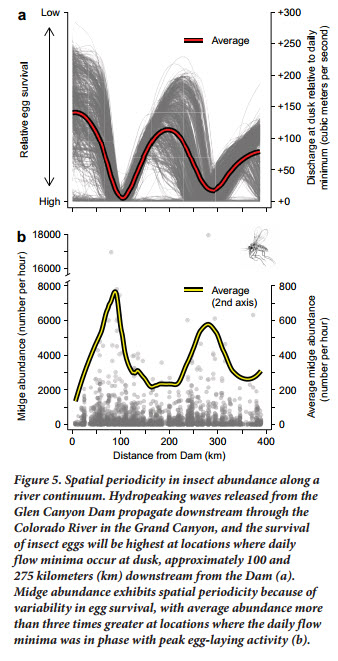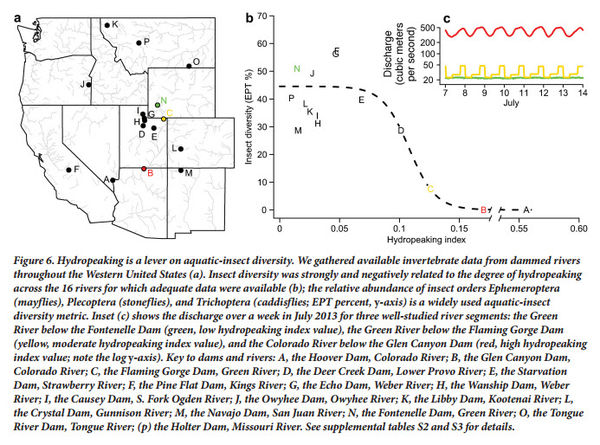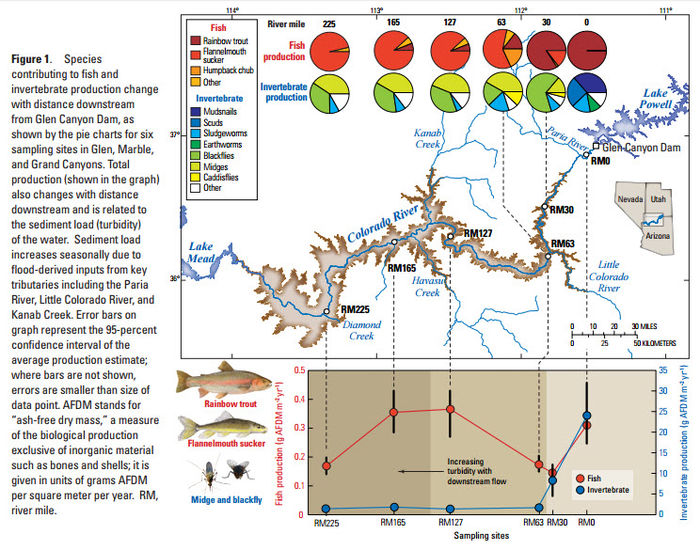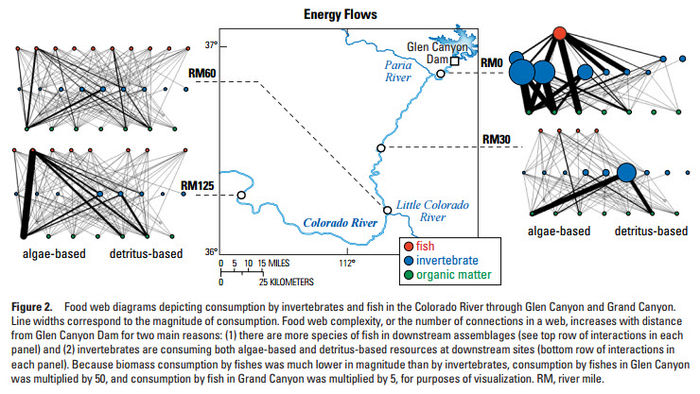Difference between revisions of "FOOD BASE"
Cellsworth (Talk | contribs) |
Cellsworth (Talk | contribs) |
||
| Line 29: | Line 29: | ||
----------Strapline immediately below banner----------> | ----------Strapline immediately below banner----------> | ||
{| style="width:100%; height:50px" border=1px solid #ccc; background:#cedff2 | {| style="width:100%; height:50px" border=1px solid #ccc; background:#cedff2 | ||
| − | ! style="width=33%; background:#cedff2;" | [[TBD| | + | ! style="width=33%; background:#cedff2;" | [[TBD|---]]<br> |
| − | ! style="width=33%; background:#cedff2;" | [[TBD| | + | ! style="width=33%; background:#cedff2;" | [[TBD|---]] <br> |
| − | + | ! style="width=55%; background:#cedff2;" | [[TBD|---]]<br> | |
| − | ! style="width=55%; background:#cedff2;" | [[TBD| | + | |
|} | |} | ||
| Line 41: | Line 40: | ||
|- | |- | ||
|style="color:#000;"| | |style="color:#000;"| | ||
| + | [[File:EPThydropeakingModel.jpg|600px]] | ||
| + | [[File:MidgeAbundanceFlow.jpg|400px]] | ||
| + | [[File:DesiccationMortality.jpg|400px]] | ||
| + | [[File:EPTdiversityHydropeaking.jpg|600px]] | ||
| − | + | [[File:Foodbase fish production1.jpg|700px]] | |
| − | + | ||
| − | + | ||
| − | + | ||
| − | + | ||
| − | + | ||
| − | + | ||
| − | [[ | + | |
| − | [[File: | + | [[File:Foodbase energy flows1.jpg|700px]] |
|} | |} | ||
| Line 73: | Line 69: | ||
2016 | 2016 | ||
| + | *'''[https://www.usgs.gov/news/river-food-webs-threatened-widespread-hydropower-practice River Food Webs Threatened by Widespread Hydropower Practice]''' | ||
| + | *'''[http://www.eurekalert.org/pub_releases/2016-05/osu-hor050216.php/ Hydropeaking of river water levels is disrupting insect survival, river ecosystems]''' | ||
*'''[[File:Kennedy 2016 HydropowerEPT.pdf]]''' | *'''[[File:Kennedy 2016 HydropowerEPT.pdf]]''' | ||
*'''[http://www.usbr.gov/uc/rm/amp/twg/mtgs/16jan26/documents/AR16_Muehlbauer.pdf Food availability in the Little Colorado River over space and time]''' | *'''[http://www.usbr.gov/uc/rm/amp/twg/mtgs/16jan26/documents/AR16_Muehlbauer.pdf Food availability in the Little Colorado River over space and time]''' | ||
| Line 86: | Line 84: | ||
2013 | 2013 | ||
| + | *'''[http://www.redorbit.com/news/science/1112927299/lessons-from-grand-canyon-dams-destabilize-river-food-webs-082013/ Lessons From The Grand Canyon: Dams Destabilize River Food Webs]''' | ||
*'''[http://www.gcmrc.gov/about/foodbase/Cross%20et%20al._EM_2013.pdf Cross et al. 2013: Food-web dynamics in a large river discontinuum]''' | *'''[http://www.gcmrc.gov/about/foodbase/Cross%20et%20al._EM_2013.pdf Cross et al. 2013: Food-web dynamics in a large river discontinuum]''' | ||
*'''[http://pubs.usgs.gov/fs/2013/3039/fs2013-3039.pdf USGS fact sheet: Native and nonnative fish populations of the Colorado River are food limited - Evidence from new food web analyses]''' | *'''[http://pubs.usgs.gov/fs/2013/3039/fs2013-3039.pdf USGS fact sheet: Native and nonnative fish populations of the Colorado River are food limited - Evidence from new food web analyses]''' | ||
Revision as of 10:57, 2 June 2016
|
|
The Colorado River below Glen Canyon Dam has been altered by dam-induced modifications to the river’s flow, temperature, and sediment supply. Nonnative species have also changed the natural system. Nonnative fish are thought to prey on and compete with native fish, including the endangered humpback chub (Gila cypha). These impacts have likely changed both the amount and sources of energy that fuel the aquatic food web and the flows of energy within the food web. Installation of the dam created a relatively clear, cool aquatic environment below the dam that now allows aquatic plants to capture the sun’s energy, and they in turn are now consumed by a few species, including scuds (Gammarus lacustris), midges (Family: Chironomidae), blackflies (Simulium arcticum), and New Zealand mudsnails (Potamopyrgus antipodarum). The first three species can provide food for both native and nonnative fishes, but fish cannot digest the New Zealand mudsnail. |
| --- |
--- |
--- |
|---|

